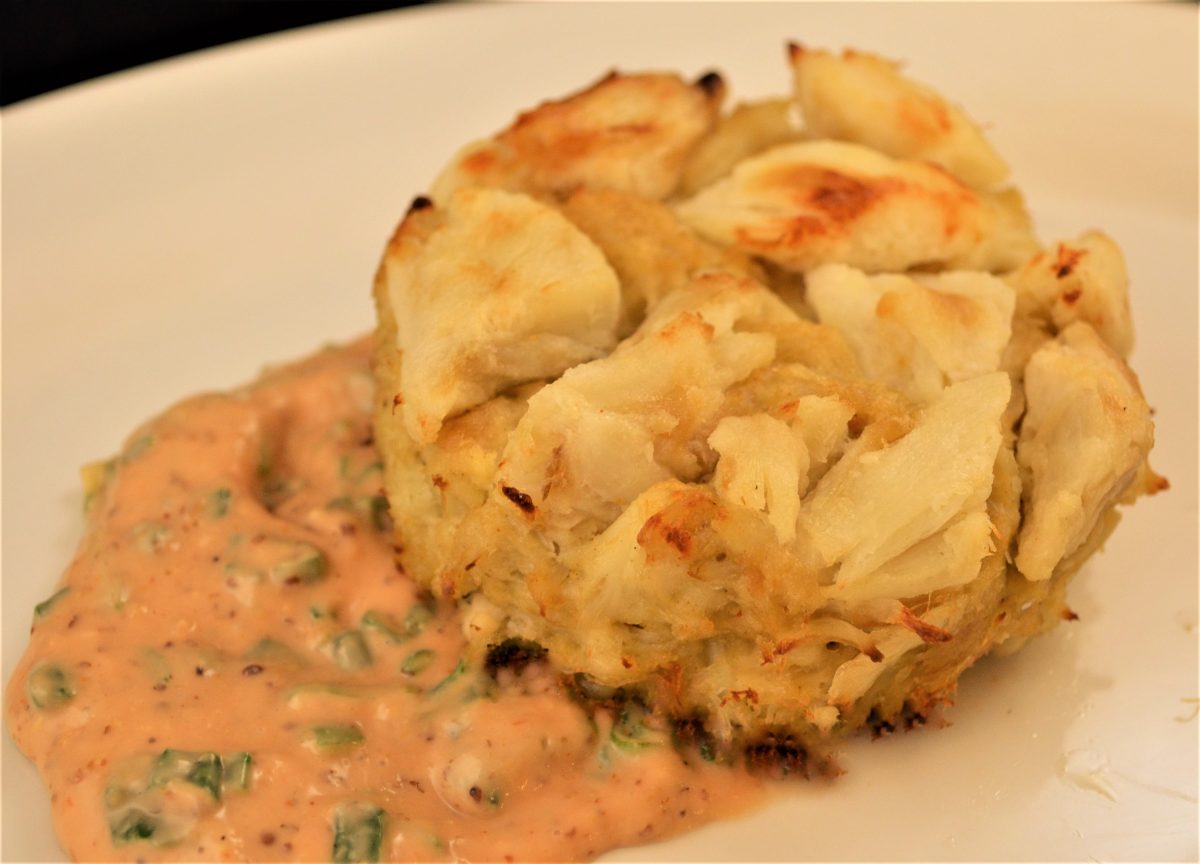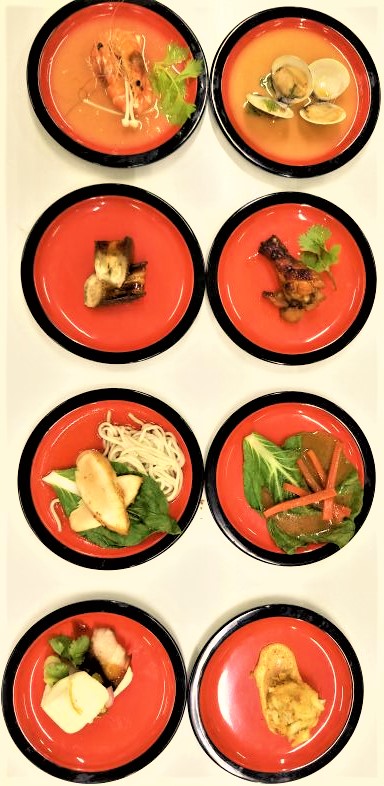Although I am often heard saying “our crab meat isn’t just for crab cakes” it is the most popular and common application. That being said, I have made more crab cakes than I care to think about. I have also tried crab cakes all over the country and have tasted some really great ones, but usually I am left disappointed. It is called a CRAB cake, not a breadcrumb cake or a mayonnaise cake with some crab, but I think some people missed that memo. Crab should be the first thing you taste and all the other components should be there in a supporting role. There are many variables to consider when deciding on a crab cake recipe.
First there is the crab meat, which of course needs to be Jack’s Catch or Pacific Cove if you want a great cake. From there you have to think about cost, because we offer a wide range of swimming crab meat in multiple forms and from multiple species. Each one has it applications and can work very well if used correctly. We offer frozen crab meat which is an excellent economical alternative to our refrigerated product lines. I have spent years working with this product to perfect its application in everything from a classic crab cake to a mango ceviche. From there we have three types of crab in our Jack’s Catch line including both red and blue swimming crab. Our Pacific Cove line, however, is made solely with blue swimming crab meat (Portunus Pelagicus). We do not blend species, you get what you are paying for. I like to use the analogy of buying Prime ground beef only to find out is was blended with choice and select.
From there you have to decide on the grade of crab you want to use. All swimming crab is wild caught and handpicked and graded for size. Every company uses different terminology for their grades, which can be confusing which is why I will try to make it easy. I explain to people that there are two basic types of swimming crab meat, white meat and dark meat. The dark meat is easy, it is called claw meat and it has a darker color and more pronounced flavor. The white meat grades include the jumbo lump, whole pieces from the two largest muscles in the crab (also called colossal, jumbo or petite jumbo), then the super lump, which is broken pieces of jumbo lump (my favorite!), lump, backfin and backfin lump, which are all medium sized pieces of flake meat from the body of the crab and the small pieces of flake are called special. You can use just one grade of crab to make a cake or you can blend the meats into your cake, starting with the smallest grade and finishing with the larger pieces.
Once you have selected your crab meat you have to decide on the other components. The binder, which can be anything from fresh breadcrumbs, crushed saltines, panko breadcrumbs, crushed Ritz crackers (my favorite) or even something out of the ordinary like crushed tortilla chips. Then you need your wet ingredients usually mayonnaise and/or egg, sometimes I use melted butter as well. For flavoring the classic combination is Old Bay seasoning, Worcestershire sauce, mustard and sometimes lemon juice. You can also add diced vegetables, scallions, chives, or herbs like parsley or cilantro. Crab cakes are an great way to try out new flavors and even work well with Latin or Asian flavor profiles. The trick is to add just enough seasoning to compliment but not overpower the crab, just enough of the wet ingredients to coat the crab and just enough breading/binder to hold it together during cooking. Depending on which of our crab meats I am using I adjust my recipe, for example with our frozen crab I use less wet ingredients and a little more seasoning and breading as the crab has been frozen and thawed and has a little more natural loose liquid. I will be posting all kinds of recipes for crab cakes as well as other unique crab dishes but here is one of my favorite crab cake recipes. Oh, and a sauce because as Craig Hospodor, our Sr. VP of Sales always says, “Chef John can’t serve a crab cake without a sauce”.
Classic Crab Cake
1lb Crab Meat (I prefer Super Lump)
½ Cup Mayonnaise
1 egg, lightly beaten
1 Tablespoon Dijon Mustard
1 ½ Teaspoons Seafood Seasoning (like Old Bay brand)
2 Teaspoons Worcestershire Sauce
½ Cup Ground Ritz Crackers
2 Teaspoons Fresh Lemon Juice
1 Tablespoon each of Butter and Cooking Oil (for cooking)
In a mixing bowl combine the mayonnaise, egg, mustard, seafood seasoning and Worcestershire sauce. Add the crab meat and gently fold into the mayonnaise mixture using a rubber spatula. Dust the ground cracker evenly over the mixture and gently fold to combine (try not to break up the crab meat) adding just enough to bind the mixture. Portion into cakes using either a measuring cup or scoop.
Heat a nonstick pan over medium-low heat and add the butter and oil. Allow the butter to melt and add the crab cakes. Cook for about 6 minutes, turning once, until golden brown and are heated through
Or preheat oven to 375⁰, place cakes on a baking sheet. Cook for about 12 minutes or until golden brown and heated through.
Creole Remoulade Sauce
3 Cups Mayonnaise
¾ Cup Creole Mustard (this is essential)
½ Cup Ketchup
1 Cup Green Onion/Scallion, rough chop (about two bunches)
¼ Cup Parsley, rough chop
1/3 Cup Celery, rough chop
1 Tablespoon Garlic, rough chop (about two big cloves)
2 Teaspoons Paprika, sweet NOT hot
1 Tablespoon Hot Sauce (Crystal or Frank’s)
2 Tablespoons Lemon Juice, (1 lemon)
½ Teaspoon Black Pepper
Salt to Taste
Add everything except the Mayonnaise to a blender and puree until smooth. If it will not puree, you can add some of the mayonnaise to help. Pour in a bowl and stir in the mayonnaise.


